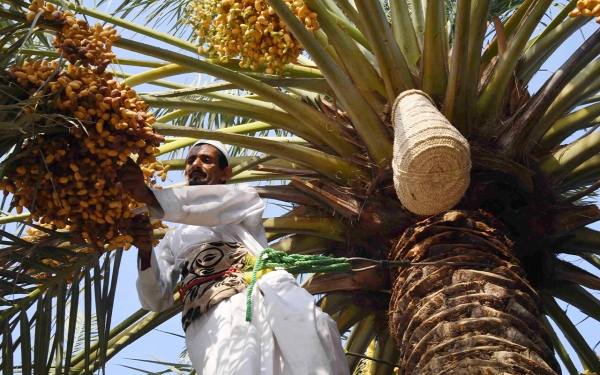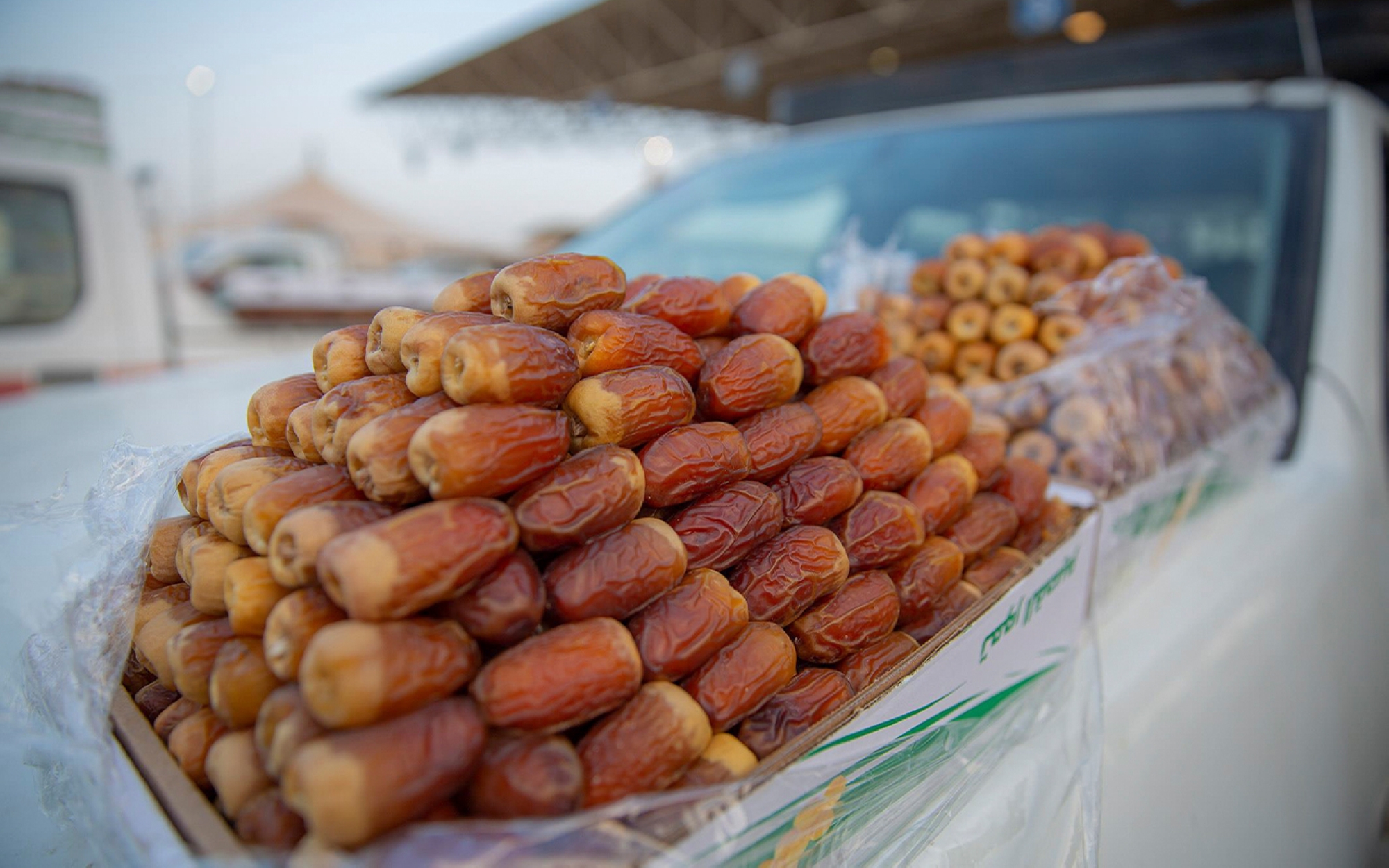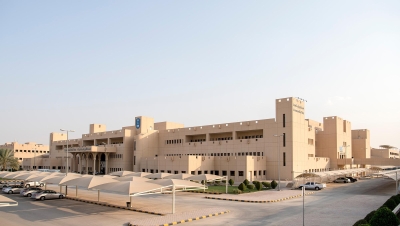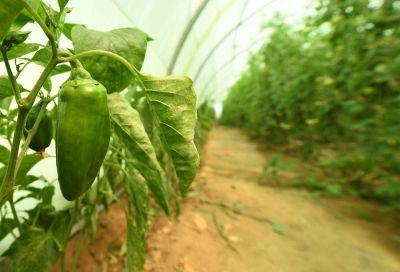

Rutab in the Kingdom of Saudi Arabia refers to the fourth of five phases in the ripening of the date palm fruit. It succeeds the Bisr phase, upon ripening. The first sighting of Rutab is referred to as Bakurat al-Rutab (first fruits of Rutab), with variations in types and kinds based on the level of ripening.
Beginning of the Rutab season in the Kingdom
The ripening of palm fruits is contingent upon elevated temperatures, thus the Rutab season typically commences during the summer, and the yields fluctuate accordingly. Fruits may be found at the onset, midpoint, or conclusion of the season, exhibiting hues spanning from yellow to red, or combinations such as yellow with red or green.
Rutab date cultivation thrives in a variety of regions, including al-Ahsa Oasis, where Rutab annually produced from the oasis is estimated to exceed six thousand t.
Annual production contains several types of Rutab dates, including early-onset varieties, most notably al-Tayyar, al-Ghar, al-Mijnaz, al-Khalas, al-Shbibi, al-Shishi, al-Khunaizi, al-Wusaili, al-Shahl, al-Zamli, al-Hilali, Umm Rahim, and al-Hatimi.

Rutab development stages in the Kingdom
As summer dawns upon the provinces of the Kingdom, various types of Rutab fruits emerge, each distinguished by their stage of ripeness. The Bisr begins its transformation into Rutab, known as al-Barhiyah. When lines adorn the Bisr, it is called Mukhtam. Should a point of moisture manifest on the fruit, it is referred to as Mukta or Mukt. If the moisture appears on the tip, the fruit is named Mithniba or Tathnoub. When the Rutab achieves a soft texture, it is recognized as Tha’da or Tha’d.
The fruit is referred to as Mjaza' or Mjaza’a when the moisture reaches half the fruit, and called Halqana or Mhalqin if the moisture reaches two-thirds. When the Rutab is dry, it is called Jamsa; if it is fully moist, it is called Mi’wah or Mihwah; while when the Rutab fruit turns into Tamr, it is called Qabbah.
Rutab storage in the Kingdom
Rutab is stored for a long time after the harvest season, allowing its sale in markets and export to global destinations year-round. One method of Rutab storage involves placing it in cooling units with temperatures between zero and below eighteen °C after being packed in cartons or plastic packaging. Nitrogen is then used in a process to freeze the Rutab dates within ten minutes. This method aids in the storage of semi-Barhi dates for an estimated six months, slowing down their ripening after harvesting and extending their market validity period.
Nutritional value of Rutab
Rutab possesses exceptional nutritional value, acquiring a higher water content compared to the Tamr stage, resulting in lower calories. Rutab is also a rich source of dietary fiber and contains a range of antioxidants, as well as several mineral elements, including potassium, phosphorus, magnesium, iron, zinc, copper, manganese, and sodium.
Related quizzes

